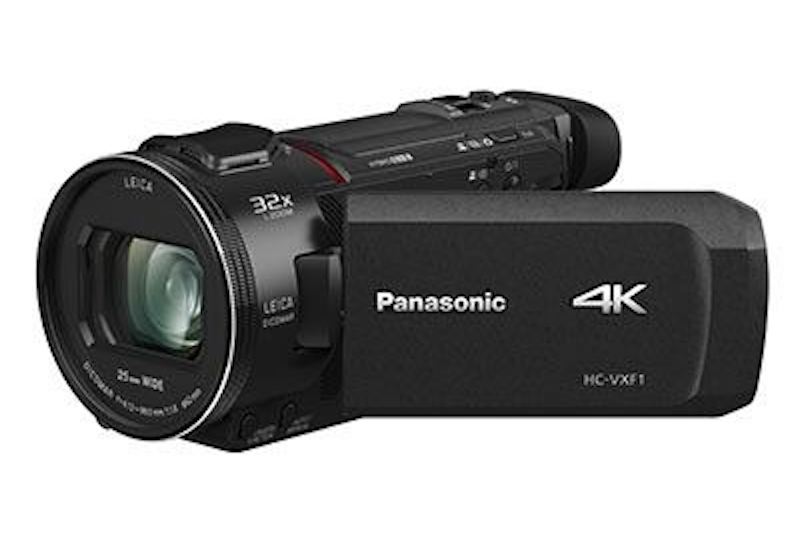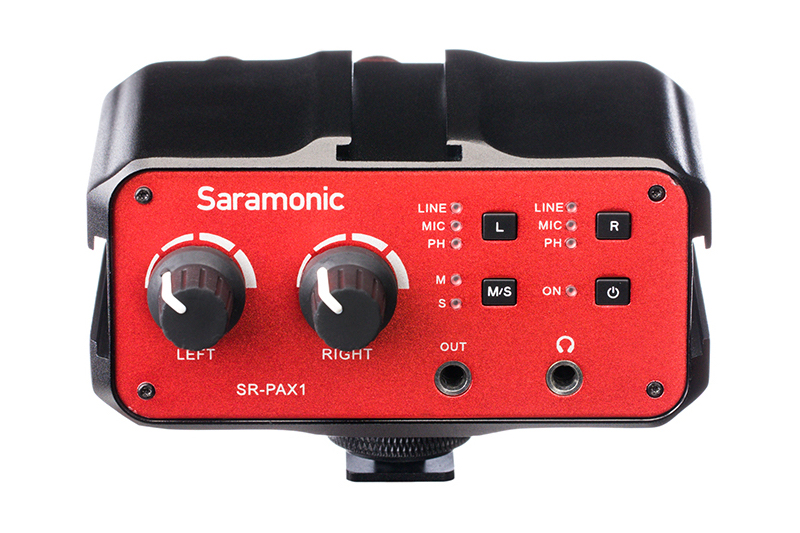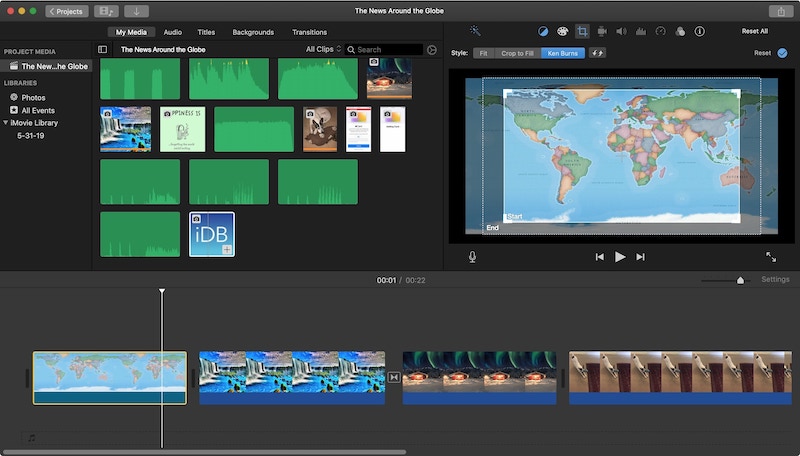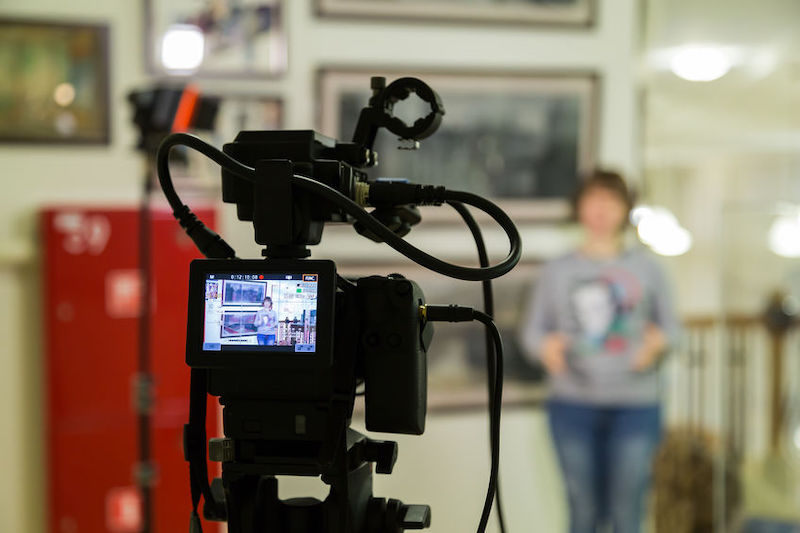In a recent post, I looked at the advantages of video marketing for schools. In that article, I talked about using online video to publicise everyday activities. These included celebrating ongoing achievement and keeping your school in the public eye. I also discussed making videos as primary marketing assets. In this article, I’ll be focussing on actually producing a school marketing video.
It’s tempting to launch gung-ho into shooting a school marketing video. However, time spent in pre-production and care taken during production will pay huge dividends. A well-conceived, well-produced school promotional video has a shelf life of several years. This makes it well worth the time spent doing a good job.
Pre-production (planning)
It’s a good idea to establish some sort of specification or first principles to refer back to throughout the process. This helps to keep things on track as the project unfolds. It should be rooted firmly in the key messages you want to communicate and your understanding of the target audience.
What key messages about your school do you want to share?
It’s tempting to overload your school marketing video with content. This wastes valuable screen time on things that are irrelevant to your audience or that can be taken as read. Be selective and concise about what you are going to say. Avoid lengthy explanations that are beyond the remit of the project.
Who is your audience and what motivates them?
Be sure to identify your target audience and consider their aspirations. Having done this, ensure that your proposed content and style of delivery is relevant and appealing to them. Typically, your audience will contain distinct subgroups: students and parents or boys and girls, for example. Therefore, it’s important to ensure that your video engages them appropriately.

Understanding your audience is crucial for success.
How do you want your video to feel stylistically?
With a clear understanding of your target audience/s and the messages you want to deliver, you can think about the style of your school marketing video. You may want gravitas, or to be upbeat and even quirky. You may want a clear plot or more of a montage feel. Research indicates that audience attention starts to decline after two minutes and pretty much plummet after three. This makes structure and pace very important, and you should definitely aim for a total length of three minutes or less.
Who is going to be in your school marketing video?
Choose people who communicate well and who will engage your audience. Think carefully about casting talking heads or lead presenters. They should be enthusiastic about the project, audience-friendly, presentable, confident, articulate, and in no way camera shy.
Is everyone represented?
It’s easy to regard representation as a given in an environment where inclusion and equality are bywords. However, it’s surprisingly easy to get wrong. This is why boys are frequently underrepresented in school marketing materials, for instance. There are cases when a school can justify skewing its marketing towards particular audiences. Local recruitment issues being a good example. Just make sure this is a managed and measured process rather than a subconscious blunder.
When and where?
Scheduling is crucial to successful and stress-free production, ensuring that everyone and everything you need is available for filming. Obviously, in a dynamic environment like a school, the unexpected does happen. In addition, any outdoor filming is at the mercy of the weather. Therefore, contingency planning is advisable.
Production (the fun bit)
What should you think about during filming?
Create a simple shot list for your video before you start filming. Treat this like a shopping list, where you tick off completed shots as you work. This avoids trying to keep track of everything in your head and helps reduce stress.
Ensure your filming locations are clean, tidy and show your school at its best. De-clutter and avoid distracting background elements where you can. When filming talking heads, consider shooting out of school hours to ensure peace and quiet. Avoid reverberant spaces like halls and use an external microphone, close to the subject, for better sound quality.
Take time to check that everything is how you want it before hitting record. Watch and listen very carefully during each take, ensuring you get everything you need. Doing multiple takes while everyone and everything is assembled is far easier than scheduling a re-shoot. At this point, someone should most definitely be calling the shots, and that will probably be the camera operator. This is why leaving filming to students, though a nice idea, can be a big mistake. Because they’ll probably lack the confidence and skills to direct staff appropriately.
Film plenty of incidental material or B-roll, which will come in very useful during editing. This should be short clips related to the subject or area you are filming in. B-roll could include kids working, wall displays, teachers in action, practical activity, etc.
On-screen talent?
Make sure that those being filmed are well prepared. Everyone being interviewed should be briefed/coached and given a chance to warm up/rehearse before filming. No one on-screen should obviously be looking down to read from notes. Don’t be tempted to script interviews if they’re supposed to feel spontaneous! Always encourage people to use audience-friendly language. Please try to remember that teacher-speak coming from children’s mouths sounds false and pretentious!
Decide whether you want subjects to talk directly to the camera when shooting talking heads. An alternative is for them to look as though they’re talking to someone out of shot. Ensure a clear distinction between the two, as someone looking just slightly off-camera feels awkward. Try to film interviewees at their eye level, avoiding looking up or down at them.
Do you need specialist equipment to make your school marketing video?
Suffice it to say that you’ll want to step up from using a mobile device for filming at this level. A decent consumer-grade camcorder will be a much better choice. However, make sure it has sockets for both an external microphone and headphones. Many consumer DSLR and mirrorless cameras are excellent for recording video. However, they are notorious for poor audio quality and may even lack mic or headphone sockets. This means using an external audio adapter.

A good consumer-grade camcorder like the Panasonic HC-VFX1 is a good choice for recording your video and has sockets for both an external mic and headphones.

An external audio interface may be necessary if you use a consumer-grade DSLR or Mirrorless camera.
An external mic is a must because you can place it close to your talent, giving a much better result for recording their voice. Lavaliere or lapel mics are a good choice as these are unobtrusive, relatively intuitive to position, and don’t require a stand or boom pole. Headphones are very much advisable to monitor sound throughout.
Find out more about sound recording in this post.
Camera movement can be used to add drama in the right setting. However, If a shot is supposed to be still, then it should be. For this reason, a tripod is a good idea, particularly for shooting talking heads.
The equipment list could go on almost indefinitely, including portable lighting, softboxes, reflectors, second cameras, shotgun mics, and so on. However, you should be aware that the more equipment you use, the more difficult the job becomes. Avoid the temptation of professional-level gear, unless you know what you’re doing, as the learning curve can be very steep indeed.
Post-production and distribution
What should I think about when I’m editing the video?
You should have an overall plan or plot resulting from your pre-production work, which you should stick to as far as possible. Try to remember that you are aiming for no more than three minutes in length. When it comes to editing, any number of very capable, easy-to-use video editing apps are available for free. These include iMovie (Mac/iPad) and Lightworks (Mac/Windows). Once again, avoid the steep learning curve inherent in using software such as Premiere Pro or Final Cut Pro.
You may need to be fairly ruthless during editing, particularly if someone has been long-winded during a talking head. This is where B-roll material comes into its own, enabling you to cut unwanted material easily. This is because you can use it to cover up edits by cutting away to another shot. B-roll can also help you to illustrate what is being said and certainly adds visual interest.
Do a rough cut, which can then be tidied up later when everyone has approved the edit. While it’s always tempting to do the polishing as you go, this can waste time if you have to do major re-edits later.

Apple iMovie is typical of the range of free, easy to use, but surprisingly powerful video editors available.
Finishing touches.
Edit your school marketing video so that it flows smoothly, but intelligibly. Treat it like a piece of writing, in terms of structure and punctuation. By all means experiment, but avoid over-using cheesy effects, transitions, or graphics as these quickly become tedious. Watch a Hollywood movie and see how often scenes spin, woosh, or slide in and out! Choosing more subtle embellishments and use them sparingly is the way to go.
Add an image of your school badge in a corner of the screen for branding. In addition, you could add an animated graphic or a photo of your school at the start of the video. This makes the whole production feel a little more polished. You can also put names and titles to faces with lower thirds captions but be aware of safeguarding issues.
Match up or normalise the relative loudness of everyone’s voice as much as you can. There’s nothing worse than straining to hear one person while being deafened by the next. Try adding music, but ensure that you get this from a royalty-free library, like the one available on YouTube. This avoids infringing copyright. If you use music, ensure that speech is clearly audible above it!
How do I distribute your finished school marketing video?
YouTube is a fairly obvious home for the finished product. It can then be embedded in your website. It will probably load faster and play more reliably than by self-hosting it on your own server. Other social media channels: Facebook, Twitter, Instagram, etc., are also good platforms to show your video. Even if you don’t post the video directly on social media, you should post links to it to encourage traffic.
You should also consider other video hosting providers. For example, Vimeo is less popular than YouTube but has a more up-market feel. This could be exactly what you’re looking for.
If your school produces and distributes an e-prospectus, this is also an ideal place for your finished marketing video.
Find out more about my video production services for schools.
Stourbridge-based Mooma Media offers video production, filming, photography, live-streaming, and media support services to schools throughout the Black Country and West Midlands region. To find out more about the range of services available, please visit my Media Services for Schools page.
Marketing and promotional videos for schools in and near:
West Midlands county: Birmingham, Solihull, Sutton Coldfield, West Bromwich, Dudley, Walsall, Wolverhampton.
Staffordshire: Lichfield, Tamworth, Stafford, Cannock,Burton upon Trent.
Shropshire: Telford, Shrewsbury, Bridgnorth, Kidderminster, Ludlow.
Worcestershire: Bromsgrove, Reditch, Droitwich, Worcester,
Warwickshire: Warwick, Stratford upon Avon, Leamington Spa, Coventry, Nuneaton,


Comments are closed